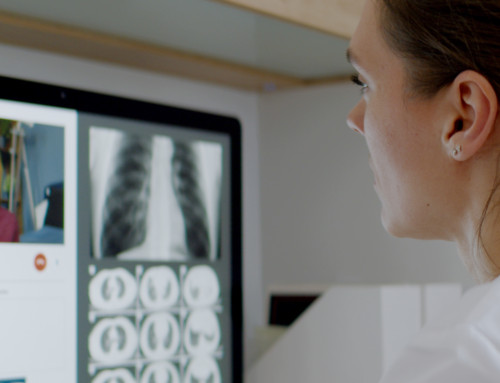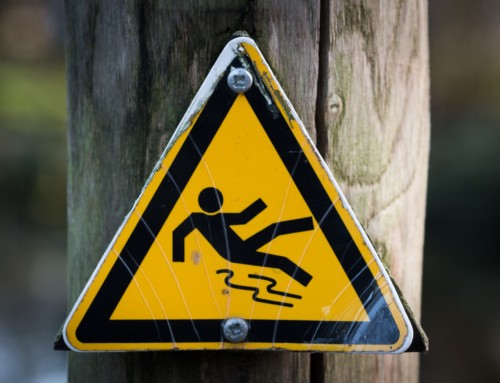Repetitive Strain Injuries or Stress Injuries (RSI) is used to generally describe any pain from consistent overuse of the same muscle or tendon. RSIs develop gradually and can begin as aching, stiffness, tingling, and cramps. Without treatment, the injury will worsen, eventually going from pain during the causal or similar activity, to constant pain.

RSIs are typically caused by monotonous, cumulative motion, but can be affected by other sources. Stress can both cause and exacerbate these types of injuries. One of the reasons for this is simply that stress can cause tension and encourage poor posture or sitting in an unrelaxed position. Cold temperatures and vibrating equipment have also been shown to have an effect, so construction workers and anyone working outdoors are at specific risk.
Employers have a legal duty to help their employees prevent work-related RSI and attempt to prevent them from occurring, but luckily there are a few good, and simple, ways to do this.
How to Prevent Repetitive Injuries

Many of the preventative measures for RSIs are also good treatments for stress in general. Protecting yourself against one lets you cover your bases for health in general.
-Maintaining good, healthy posture is one of the most important steps. Sitting or standing in an awkward position forces other parts of your body to compensate in order to perform the same motion. Over time, this can wear down at your joints and muscles.
-Taking regular breaks, even short ones just to stand up, can help release the building tension. Short breaks have also had a proven positive effect on productivity, as well.
-Breathing exercises, allow your brain and your body to rest and let you refocus.
Beyond behavior changes, one major preventative measure for office workers is the use of ergonomic equipment to reduce the negative impact of bad posture and tense sitting positions. This can include lumbar-support chairs, special ergonomic keyboards that allow for a more natural posture including wrist support, and footrests so that legs and feet are seated comfortably. For some people, who have problems sitting for long consecutive periods, an adjustable standing desk can also be helpful to force a specific arm position.

—
As with any risk mitigation, the best plan is to be proactive. By having and utilizing ergonomic equipment and offering reminders of stress-reduction techniques, it’s possible to stay ahead of RSIs in the workplace.
For more information of workplace risk mitigation, see our blog about mental health in the workplace and reducing workplace injuries.




